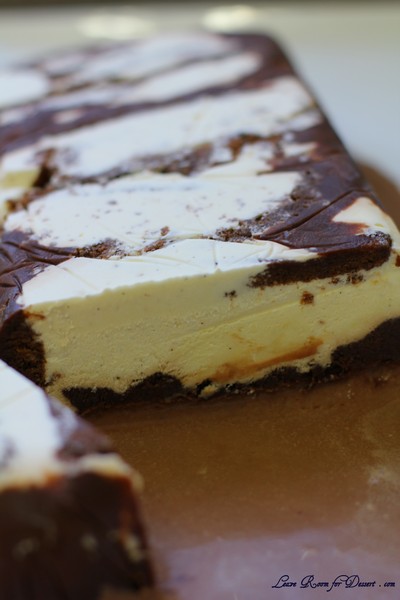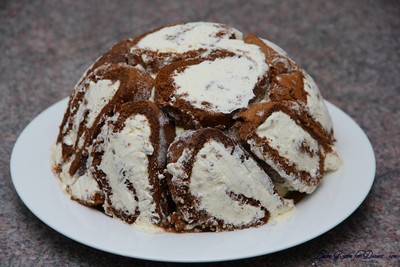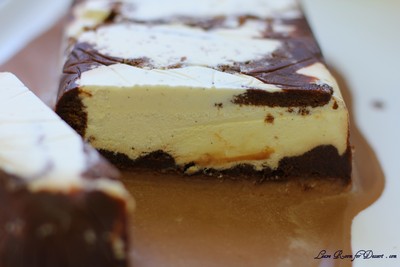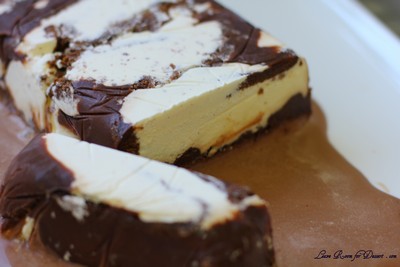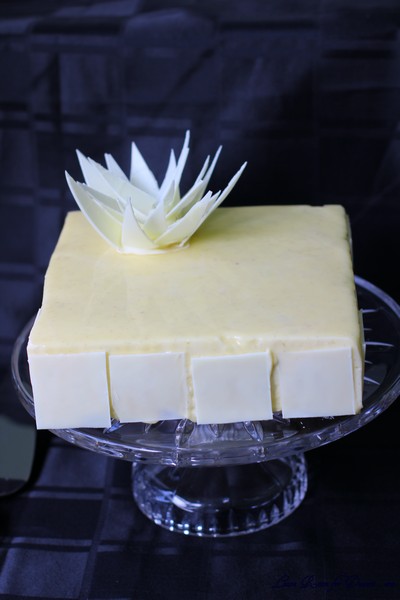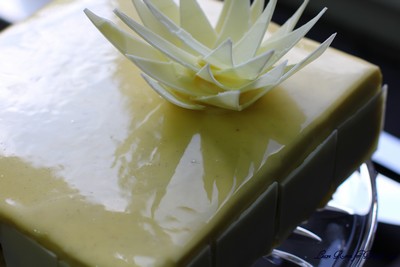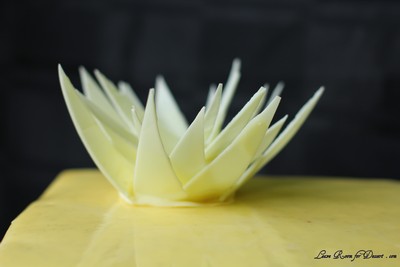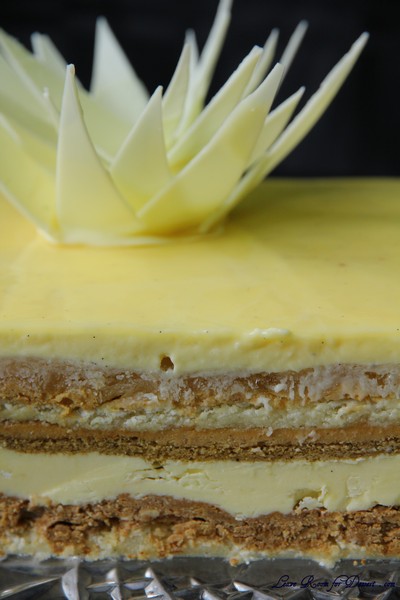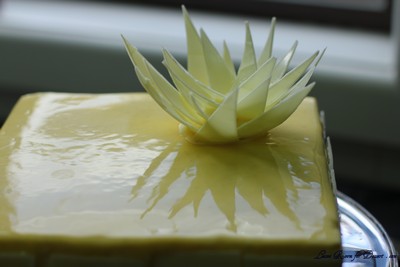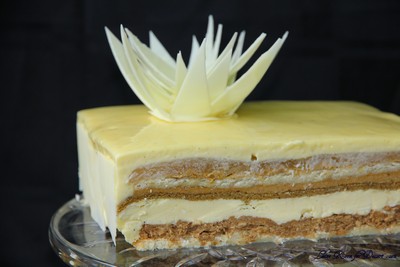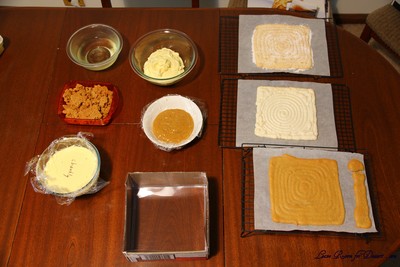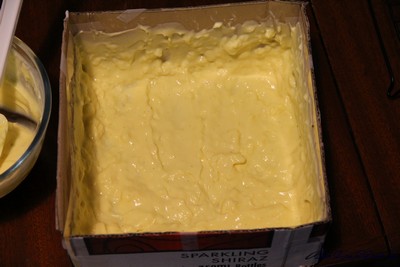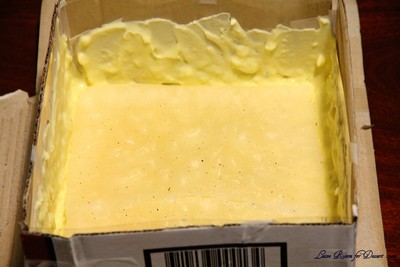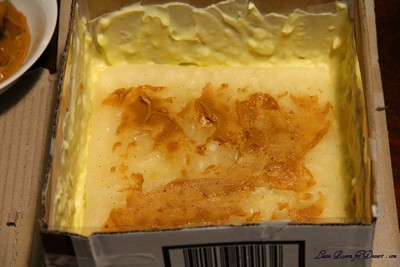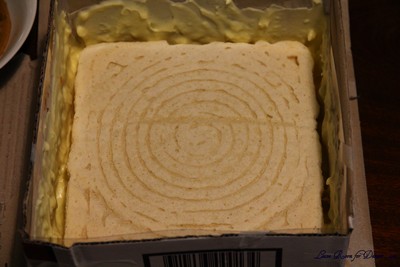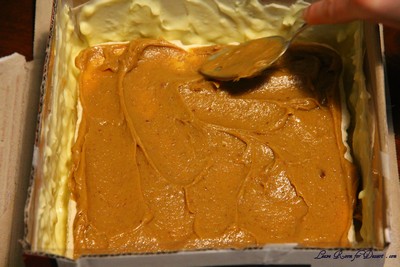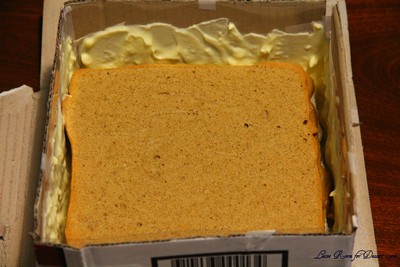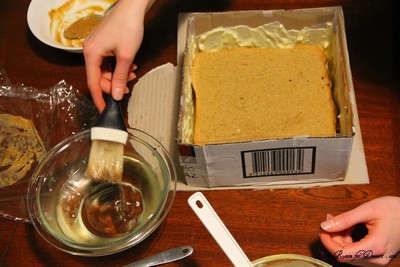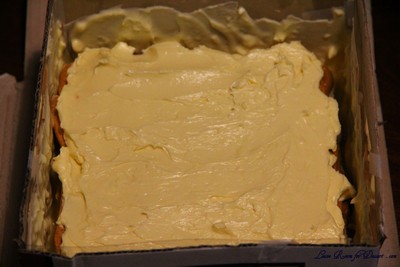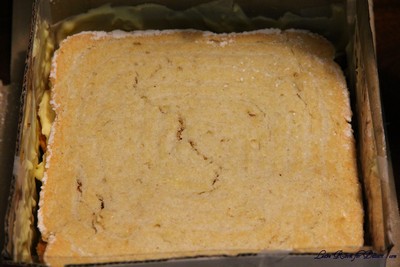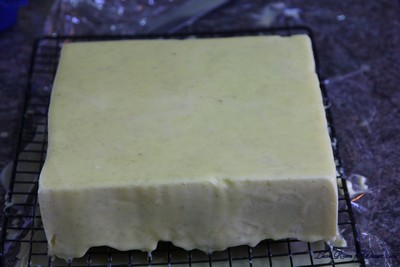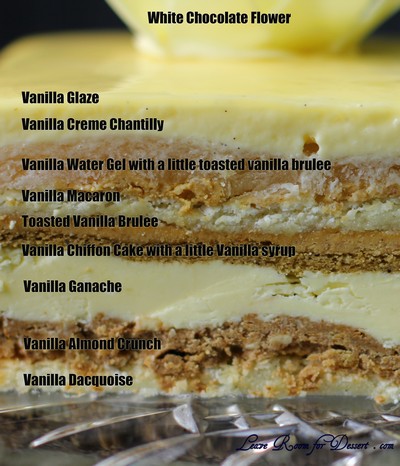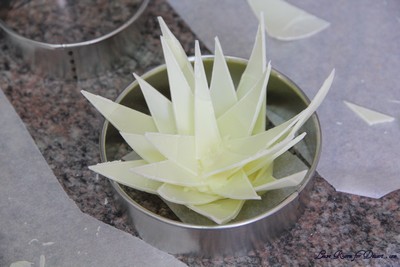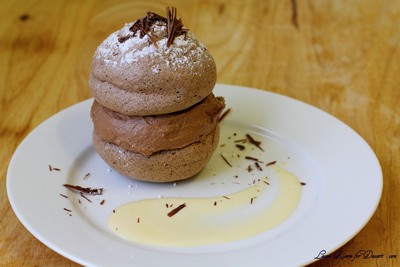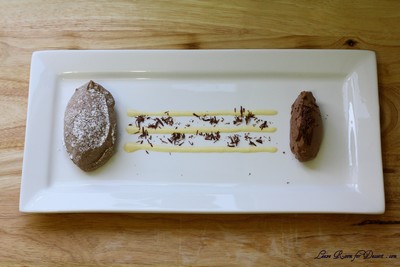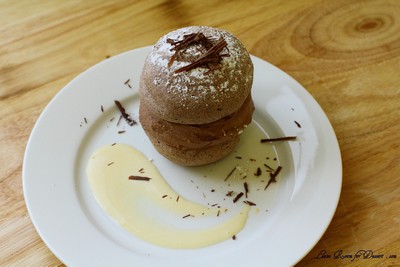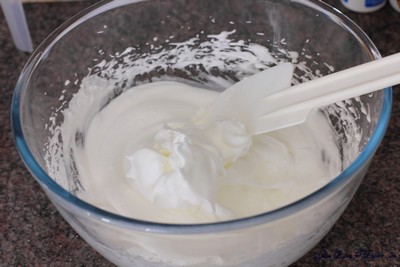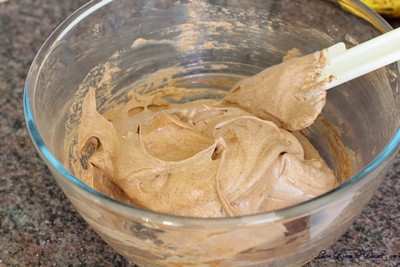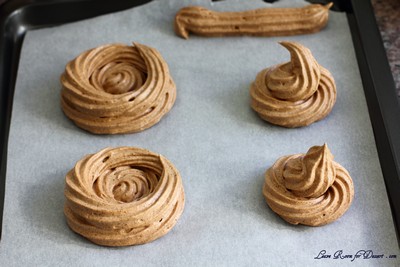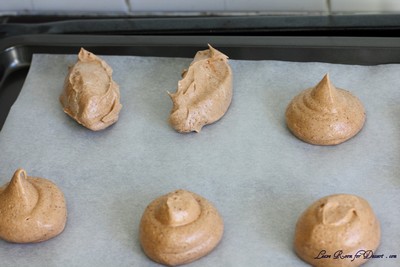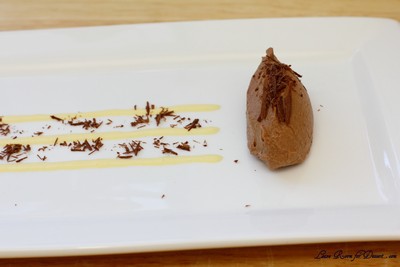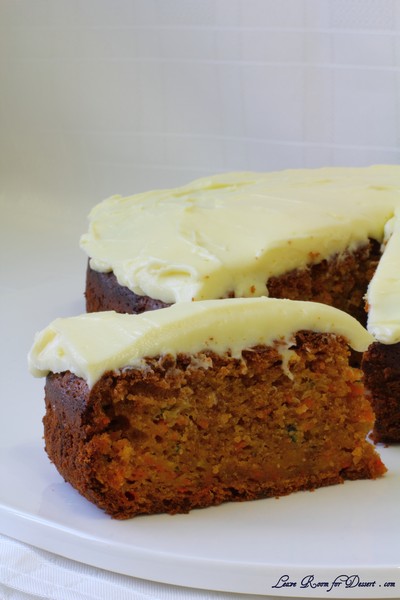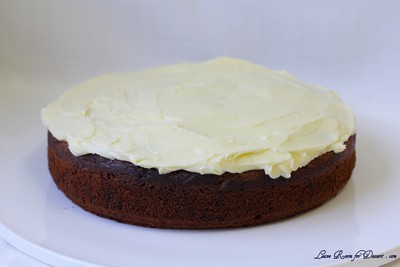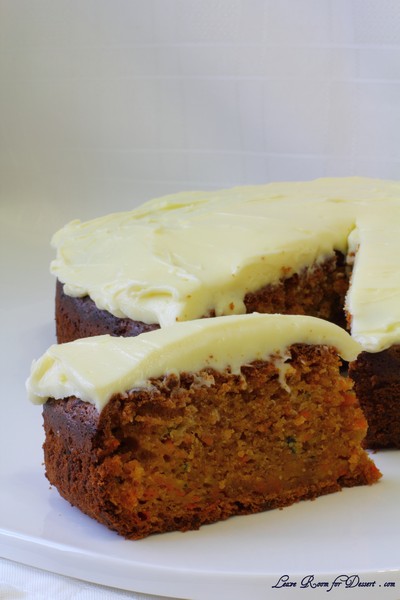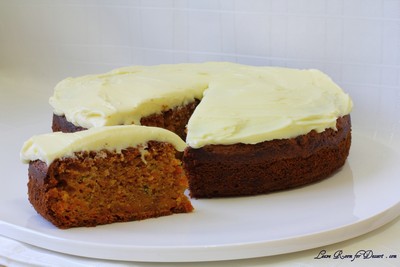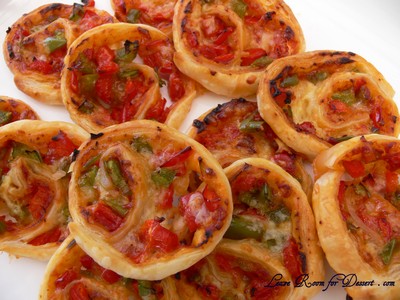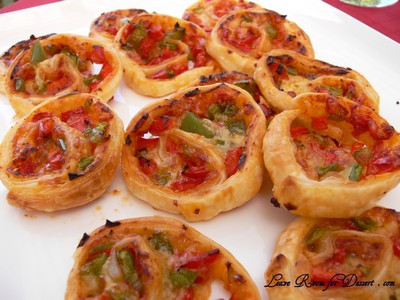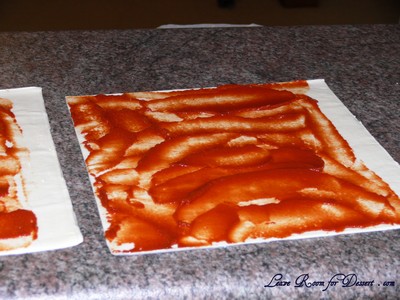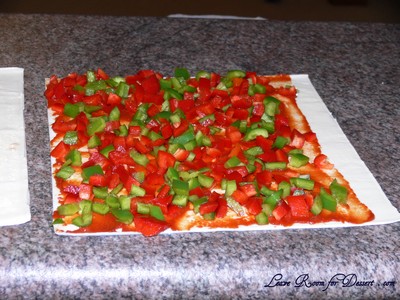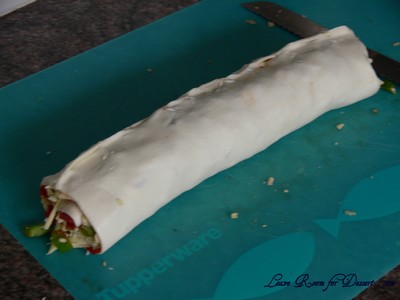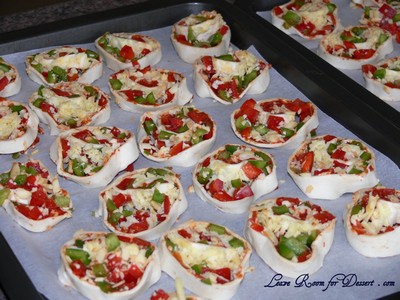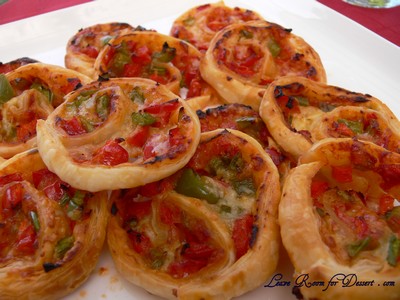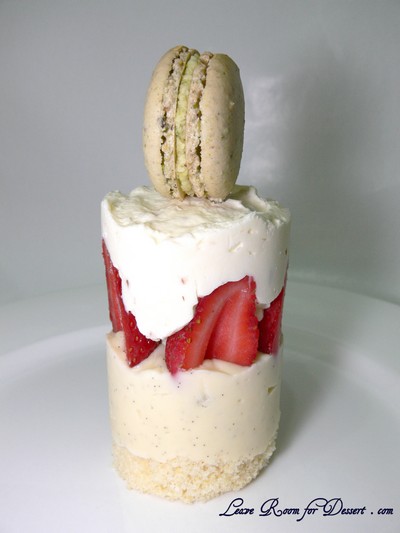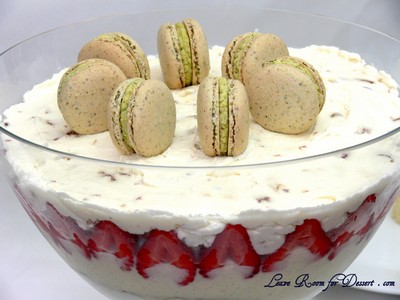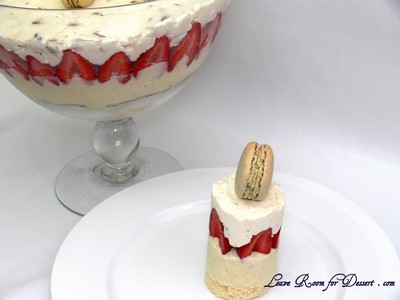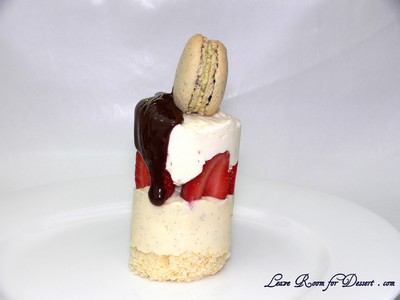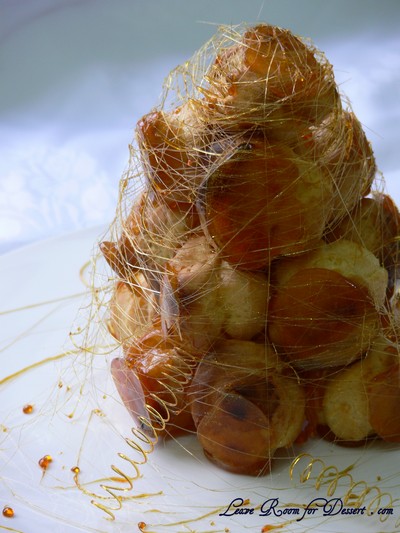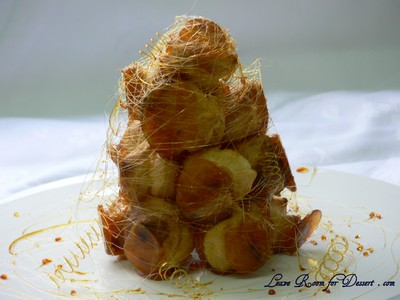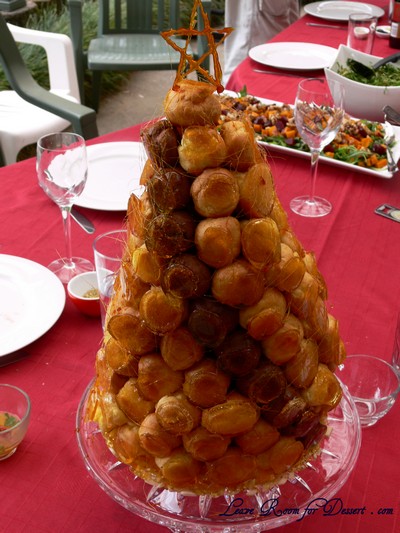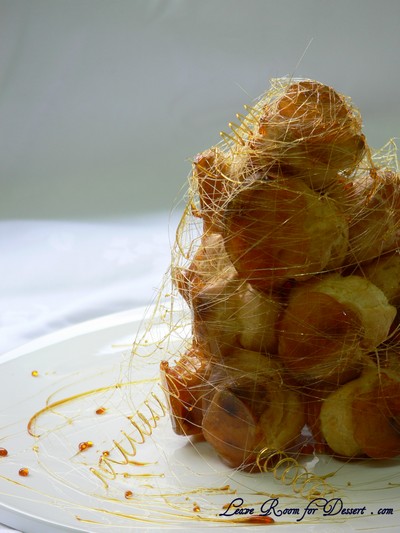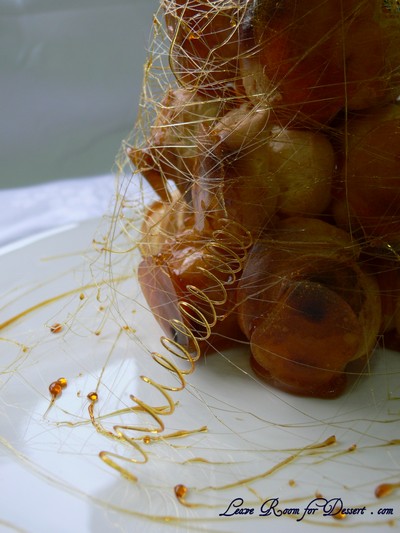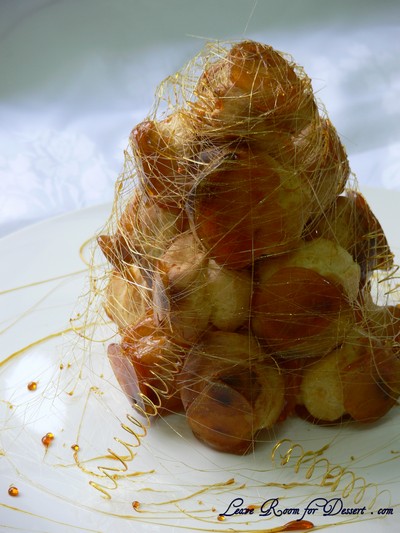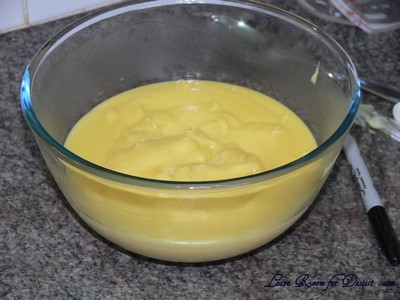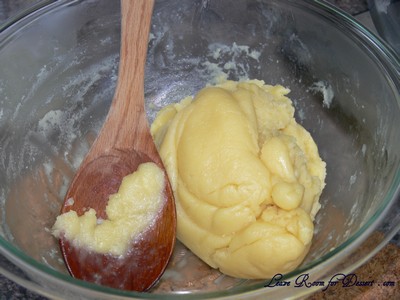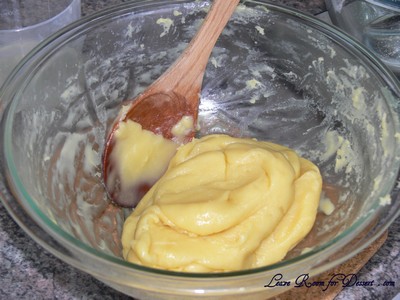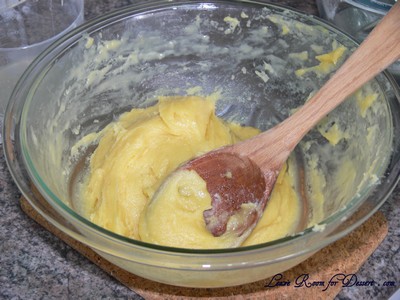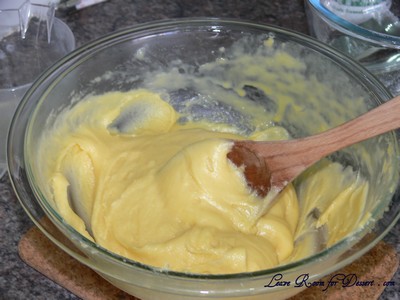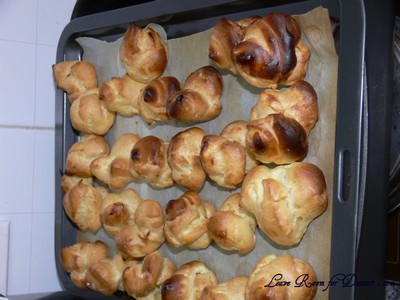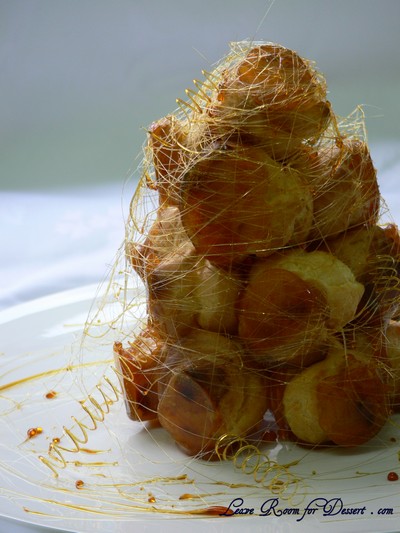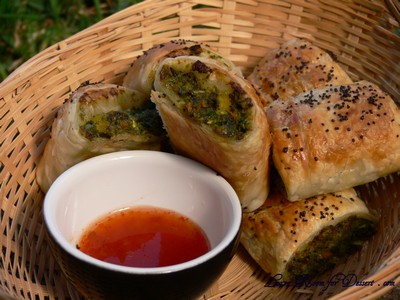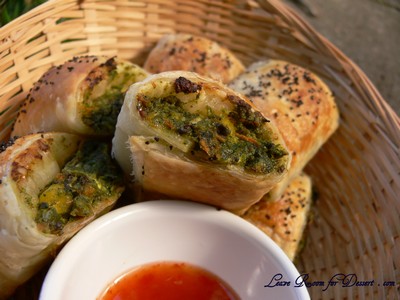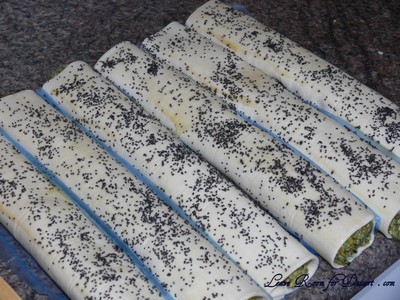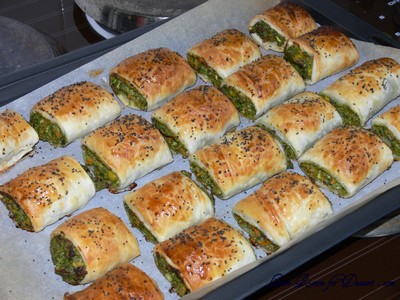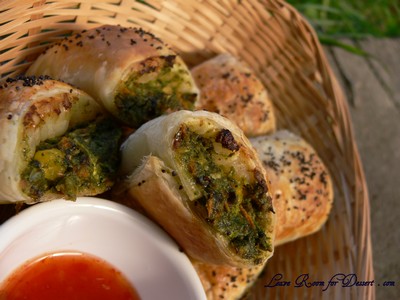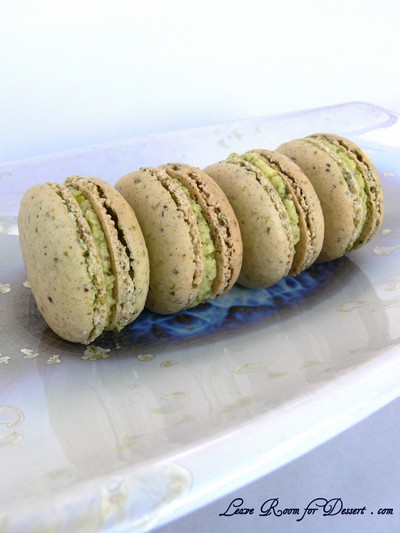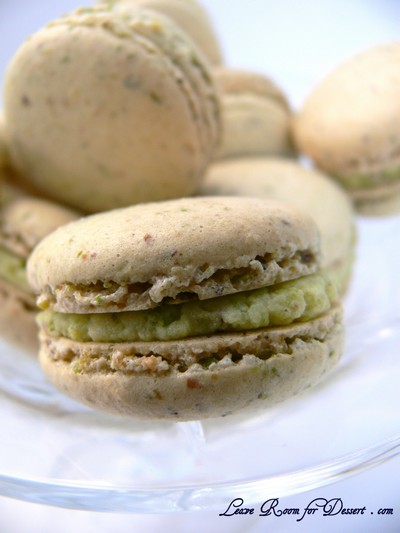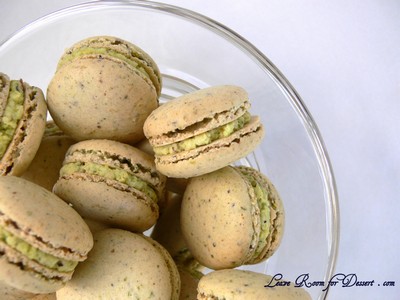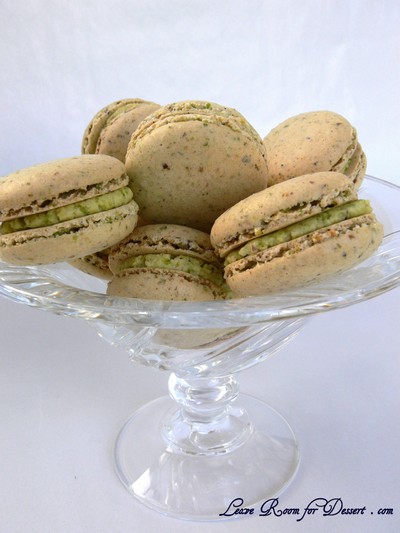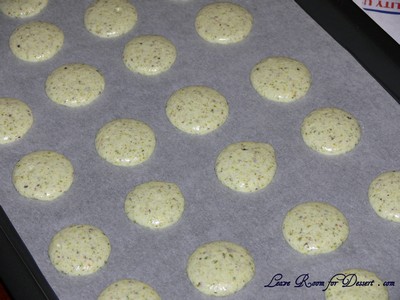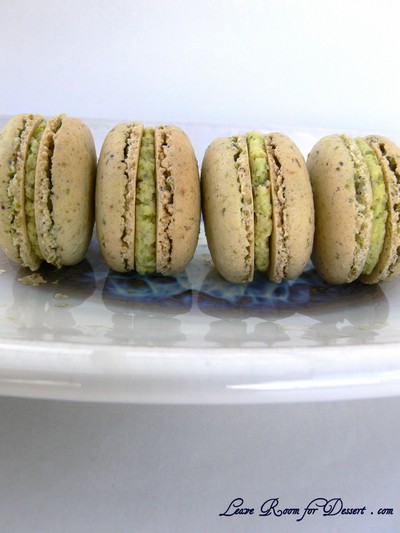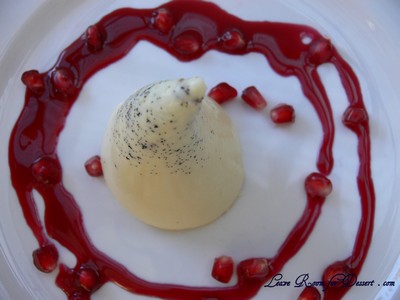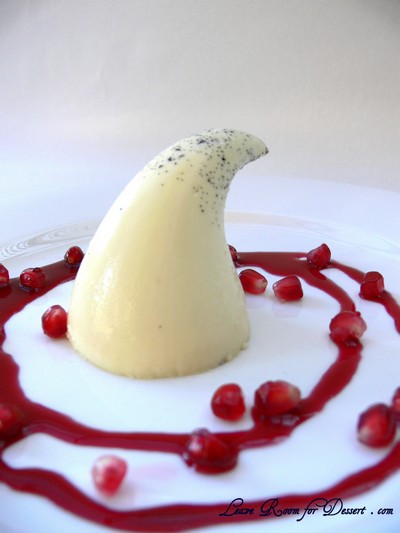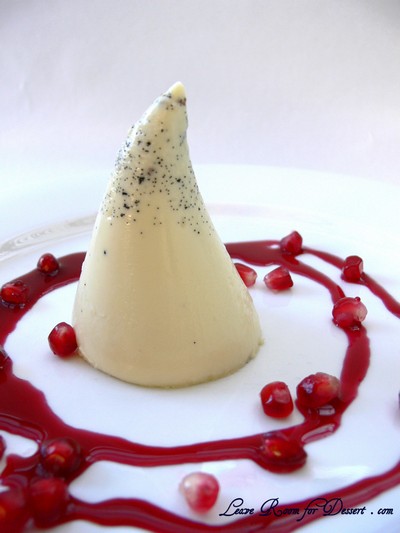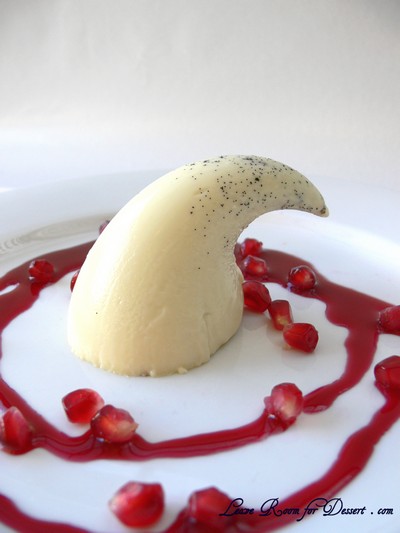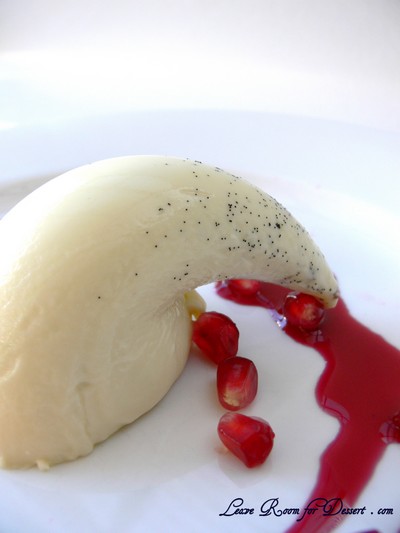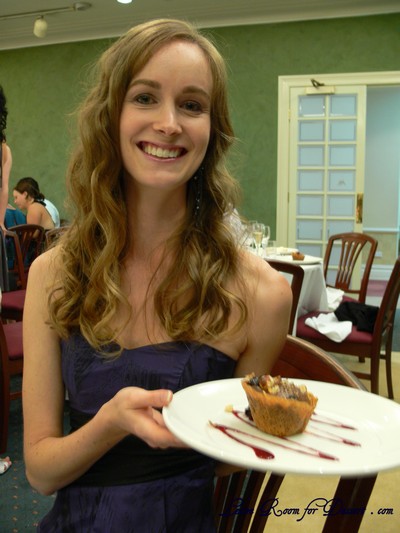The July 2010 Daring Bakers’ challenge was hosted by Sunita of Sunita’s world – life and food. Sunita challenged everyone to make an ice-cream filled Swiss roll that’s then used to make a bombe with hot fudge. Her recipe is based on an ice cream cake recipe from Taste of Home.
A crowd pleaser – on all accounts. Everyone loved this dessert – probably because it was composed of chocolate and vanilla components. Chocolate cake and a whole lot of cream sums up this dessert – as do the words ‘yum’ ‘that was great’ and ‘can I have some more’. And yes, people did go back for seconds.
I was a little concerned at the beginning as the ice cream recipes had no egg yolks, and the chocolate ice cream only had cocoa for flavouring, which I thought would impact greatly on flavour and texture – but I think it all worked wonderfully together and would happily make this again.
I had a little trouble with the chocolate swiss roll breaking a touch when I rolled the cream up in it, so I would probably use a different recipe if I were to serve the swiss roll by itself. My food processor couldn’t grind up the vanilla bean fine enough for my likings, so I used the seeds only. And I have learnt my lesson (for the final time). Don’t try and freeze two things in the ice cream machine on the same day! I left my chocolate ice cream too late and it didn’t freeze in the ice cream machine, so we had an ice cream cake with chocolate cream sauce for dessert and it was all too good.
I had leftovers from my 2.4L bowl, so I also made a loaf tin of the swiss roll ice cream cake – and eyes lit up when I said a week after the first one – “would anyone like ice cream cake for dessert?”
Thanks to our Daring Baker host this month, Sunita. I never would have thought or got around to making this if it weren’t on the Daring Bakers – and a big Thank you to all those who maintain and manage the website.
Swiss Swirl Ice Cream Cake
Recipe source- Inspired by the Swiss swirl ice cream cake from the Taste of Home website. The recipes for the cake, filling, eggless ice creams and the fudge topping have been developed by Sunita.
The Swiss rolls
6 medium sized eggs
1 C / 225 gms caster sugar /8 oz+ extra for rolling
6 tblsp / 45gms/ a pinch over 1.5 oz of all purpose (plain) flour + 5 tblsp/40gm /a pinch under 1.5 oz of natural unsweetened cocoa powder, sifted together
2 tblsp /30ml / 1 fl oz of boiling water
a little oil for brushing the pans
For the filling
2C / 500 mls/ 16 fl oz of whipping cream
1 vanilla pod, cut into small pieces of about ½ cm (or 1 tsp vanilla extract)
5 tblsp / 70gms/2.5oz of caster sugar
Pre heat the oven at 200 deg C /400 deg F approximately. Brush the baking pans ( 11 inches by 9 inches ) with a little oil and line with greaseproof baking paper. If you have just one pan, bake one cake and then let the pan cool completely before using it for the next cake.
In a large mixing bowl, add the eggs and sugar and beat till very thick; when the beaters are lifted, it should leave a trail on the surface for at least 10 seconds.
Add the flour mixture, in three batches and fold in gently with a spatula. Fold in the water.
Divide the mixture among the two baking pans and spread it out evenly, into the corners of the pans.
Place a pan in the centre of the pre heated oven and bake for about 10-12 minutes or till the centre is springy to the touch.
Spread a kitchen towel on the counter and sprinkle a little caster sugar over it.
Turn the cake on to the towel and peel away the baking paper. Trim any crisp edges.
Starting from one of the shorter sides, start to make a roll with the towel going inside. Cool the wrapped roll on a rack, seam side down.
Repeat the same for the next cake as well.
Grind together the vanilla pieces and sugar in a food processer till nicely mixed together. If you are using vanilla extract, just grind the sugar on its own and then add the sugar and extract to the cream.
In a large bowl, add the cream and vanilla-sugar mixture and beat till very thick.
Divide the cream mixture between the completely cooled cakes.
Open the rolls and spread the cream mixture, making sure it does not go right to the edges (a border of ½ an inch should be fine).
Roll the cakes up again, this time without the towel. Wrap in plastic wrap and chill in the fridge till needed, seam side down.
The vanilla ice cream
2 and ½ C / 625 ml / 20 fl oz of whipping cream
1 vanilla bean, minced or 1 tsp/ 5 ml/ .15 fl oz vanilla extract
½ C / 115gms/ 4 oz of granulated sugar
Grind together the sugar and vanilla in a food processor. In a mixing bowl, add the cream and vanilla –sugar mixture and whisk lightly till everything is mixed together. If you are using the vanilla extract, grind the sugar on its own and then and the sugar along with the vanilla extract to the cream.
Pour into a freezer friendly container and freeze till firm around the edges. Remove from the freezer, beat till smooth and return to the freezer. Do this 3-4 times and then set completely.
The Hot fudge sauce– I made this just after adding the layer of vanilla ice cream to the cake.
1 C / 230gms/ 8 oz of caster sugar
3 tblsp / 24gms/1.5 oz of natural unsweetened cocoa powder
2 tblsp /15gms/ 1 oz of cornflour/cornstarch
1 and ½ C /355ml /12 fl oz of water
1 tblsp /14gms/ 1 oz butter
1 tsp/5 ml / .15 fl oz vanilla extract
In a small saucepan, whisk together the sugar, cocoa powder, cornflour and water.
Place the pan over heat, and stir constantly, till it begins to thicken and is smooth (for about 2 minutes).
Remove from heat and mix in the butter and vanilla. Keep aside to cool .
The chocolate ice cream
2C/ 500 ml whipping cream
1 C/230gms/8 oz caster sugar
3 tblsp/ 24 gms/1.5 oz of natural unsweetened cocoa powder
Grind together the sugar and the cocoa powder in a food processor .
In a saucepan, add all the ingredients and whisk lightly.
Place the pan over heat and keep stirring till it begins to bubble around the edges.
Remove from heat and cool completely before transferring to a freezer friendly container till firm around the edges. If you are using an ice cream maker, churn the ice cream according to the manufacturer’s instruction, after the mixture has cooled completely.
Remove from the freezer, beat till smooth and return to the freezer. Do this 3-4 times and then set completely.
Assembly-
Cut the Swiss rolls into 20 equal slices ( approximately 2 cms each ).
Cover the bottom and sides of the bowl in which you are going to set the dessert with cling film/plastic wrap.
Arrange two slices at the bottom of the pan, with their seam sides facing each other. Arrange the Swiss roll slices up the bowl, with the seam sides facing away from the bottom, to cover the sides of the bowl. Cover the bowl with plastic wrap and freeze till the slices are firm (at least 30 minutes).
Soften the vanilla ice cream. Take the bowl out of the freezer, remove the cling film cover and add the ice cream on top of the cake slices. Spread it out to cover the bottom and sides of the bowl. Cover the bowl with plastic wrap and freeze till firm ( at least 1 hour)
Add the fudge sauce over the vanilla ice cream, cover and freeze till firm . ( at least an hour)
Soften the chocolate ice cream and spread it over the fudge sauce. Cover with plastic wrap and freeze for at least 4-5 hours till completely set .
Remove the plastic cover, and place the serving plate on top of the bowl. Turn it upside down and remove the bowl and the plastic lining. If the bowl does not come away easily, wipe the outsides of the bowl with a kitchen towel dampened with hot water. The bowl will come away easily.
Keep the cake out of the freezer for at least 10 minutes before slicing, depending on how hot your region is. Slice with a sharp knife, dipped in hot water.
